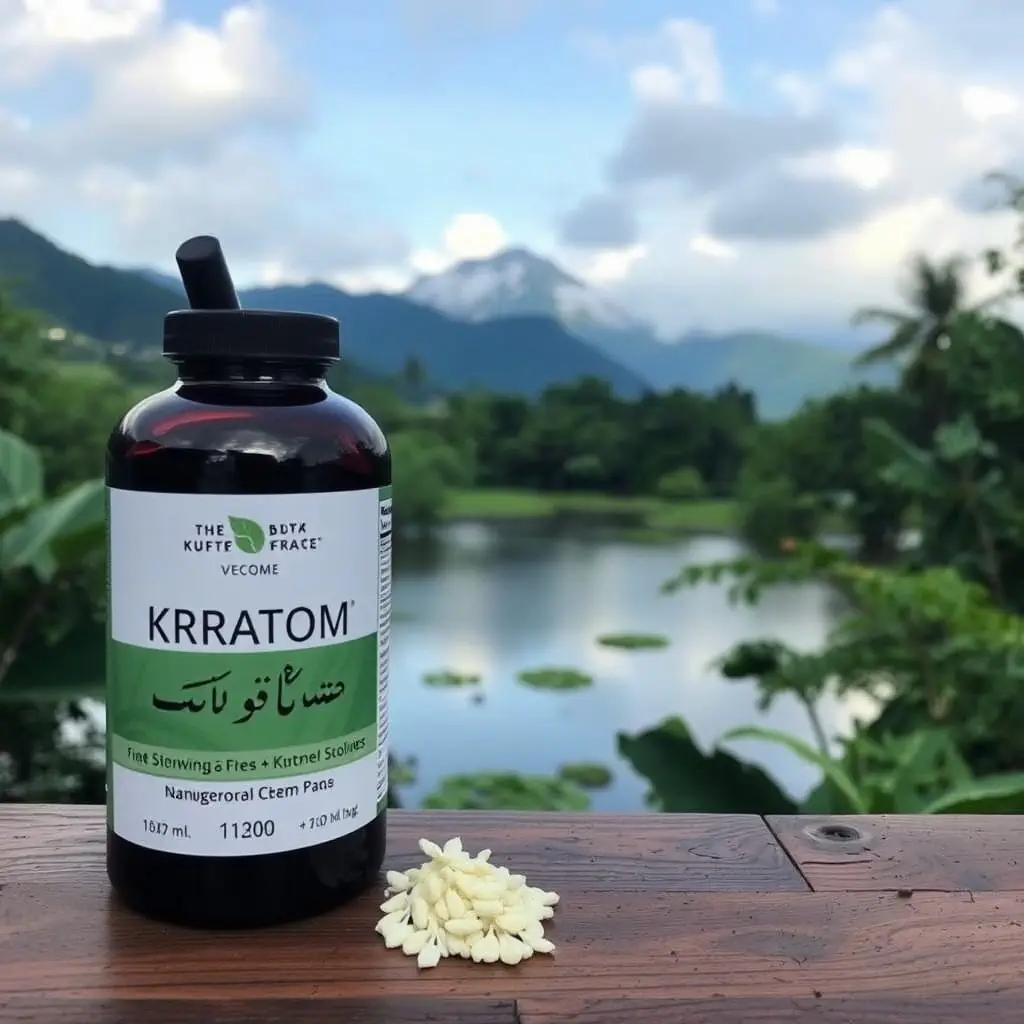Athletes interested in natural methods for enhancing performance recovery and pain management may consider kratom, a plant-derived alkaloid from the Mitragyna speciosa tree. Kratom can help alleviate muscle soreness and inflammation by targeting opioid receptors for pain relief. However, its legal status is complex, with varying regulations across countries and states, which means athletes must carefully research and adhere to local laws when traveling with kratom to avoid legal issues. The long-term effects of regular kratom use are still under scrutiny, with potential risks of dependency and interactions with other substances that need careful consideration. Athletes should consult healthcare professionals for informed decision-making regarding the appropriate strains and dosages, monitor their health, and ensure safe use. Proper education is essential to understand how kratom can be a beneficial addition to a recovery routine without compromising athletic performance or health. Can you travel with kratom? This depends on the specific laws of the place you are traveling to or from; thus, athletes must stay informed about these legalities when planning travel. Integrating kratom into an athletic regimen involves balancing its potential benefits with a comprehensive approach that includes proper nutrition, hydration, and adherence to legal frameworks. With careful management, kratom can complement evidence-based recovery techniques, potentially reducing injury risk and enhancing performance for athletes who navigate its legal use in travel.
Exploring the potential of kratom in optimizing athletic recovery, this article delves into the integrative approach of harnessing its effects for post-exercise wellness while ensuring safety and compliance. With a focus on personalized recovery plans through kratom coaching, we examine how individual responses can shape tailored routines, the importance of dosage monitoring, and the creation of supportive athletic environments. Additionally, we address the ethical implications and responsible use of kratom in competitive sports, including navigating the legalities of traveling with kratom. This comprehensive guide aims to equip athletes, coaches, and health professionals with the knowledge necessary for safe and effective incorporation of kratom into recovery strategies.
- Maximizing Athletic Recovery: The Role of Kratom in Post-Exercise Wellness and Safety Considerations
- – Understanding Kratom's Effects on Muscle Soreness and Recovery Mechanisms
- – Integrating Kratom into a Comprehensive Athletic Recovery Routine
Maximizing Athletic Recovery: The Role of Kratom in Post-Exercise Wellness and Safety Considerations

Athletes are constantly seeking ways to enhance their performance and recovery processes. Kratom, a naturally occurring substance derived from the leaves of the Mitragyna speciosa tree, has garnered attention for its potential role in post-exercise recovery. When used responsibly, kratom can contribute to muscle relaxation, pain management, and the reduction of inflammation, which are critical components of athletic recovery. The alkaloids present in kratom, such as mitragynine and 7-hydroxymitragynine, interact with the body’s opioid receptors, providing analgesic effects that can aid in the relief of sore muscles following intense training sessions or competitions.
However, it is imperative to approach the use of kratom with caution. Safety considerations are paramount when integrating this substance into an athletic regimen. The legality of traveling with kratom varies by country and state, so athletes must ensure they are in compliance with local laws before considering it for recovery purposes while traveling. Additionally, long-term effects of kratom use are still being studied, and potential dependencies or interactions with other medications should be carefully considered. Athletes should consult with healthcare professionals and adhere to recommended dosages to mitigate risks and ensure that kratom supports their wellness goals without compromising their health or performance. Proper education on the correct strains and dosages, along with regular monitoring of one’s health, can help athletes harness the benefits of kratom while maintaining a safe and effective recovery routine.
– Understanding Kratom's Effects on Muscle Soreness and Recovery Mechanisms

Kratom, a plant from Southeast Asia with the scientific name Mitragyna speciosa, has garnered attention in athletic circles for its potential effects on muscle soreness and recovery. Its active compounds, mitragynine and 7-hydroxymitragynine, interact with the body’s opioid receptors, which can modulate pain perception. Athletes looking to incorporate kratom into their recovery regimen often seek strains known for their analgesic properties, which may alleviate muscle soreness following intense physical activity. This can be particularly beneficial after eccentric exercises or competitions where muscle damage is likely.
Research suggests that kratom may influence the body’s recovery mechanisms through its impact on various neurotransmitters like serotonin and norepinephrine, which are pivotal in regulating mood and pain response. Additionally, there is an indication that kratom can promote sleep quality, which is a critical factor in athletic recovery. High-quality sleep supports muscle repair and overall performance enhancement. When considering travel with kratom, athletes should be aware of the legal status of kratom in their destination, as it varies by country and state. Proper planning and adherence to local regulations are essential for those who wish to use kratom as part of their wellness routine while competing or training abroad. Understanding the nuances of kratom’s effects and potential legal considerations is paramount for athletes looking to leverage this herbal supplement in optimizing their recovery processes on the go.
– Integrating Kratom into a Comprehensive Athletic Recovery Routine

Integrating Kratom into a comprehensive athletic recovery routine requires a strategic approach that respects both the athlete’s health and the regulatory frameworks governing the use of such substances. Kratom, a plant-based mitragynine speciosa, has garnered attention for its potential to aid in muscle relaxation, pain management, and mood enhancement, all of which are crucial components of recovery for athletes. When used responsibly and as part of a holistic recovery plan that includes proper nutrition, hydration, and rest, Kratom can be a valuable tool. It’s important for athletes to consult with their healthcare providers before incorporating Kratom into their routine to ensure it aligns with their individual health needs and won’t interfere with any medications they are taking.
For those who travel as part of their athletic commitments, understanding the legality of carrying Kratom is essential. According to current regulations, athletes can travel with Kratom, but they must be aware of state-specific laws, as Kratom’s legal status varies across different regions within the United States. It’s advisable for athletes to check the Controlled Substances Act and familiarize themselves with local laws when crossing state lines or international borders. By adhering to these guidelines and combining Kratom with other evidence-based recovery practices, athletes can enhance their recovery process and potentially reduce the risk of injury and improve overall performance.
In conclusion, optimizing athletic recovery is a multifaceted endeavor that encompasses a range of practices and considerations. The integration of kratom into an athlete’s post-exercise regimen may offer significant benefits for muscle soreness and overall recovery, as detailed in the sections on its effects and safety measures. While it is crucial to approach this topic with caution, acknowledging the varying regulatory landscapes that govern travel with kratom, the potential of kratom as a recovery tool is promising. Athletes seeking to enhance their recovery process can consider including kratom under the guidance of a qualified healthcare provider or coach, ensuring it complements other recovery strategies for a holistic approach. As with any supplement, the key lies in responsible use and understanding how it interacts with your body and current regimen.






